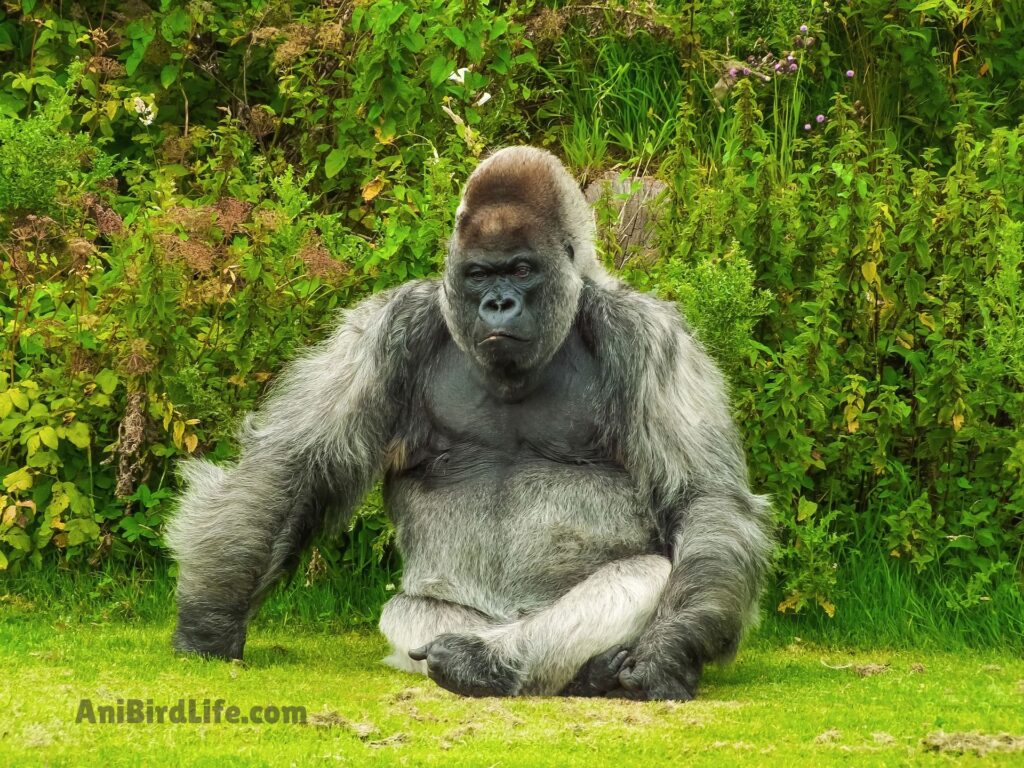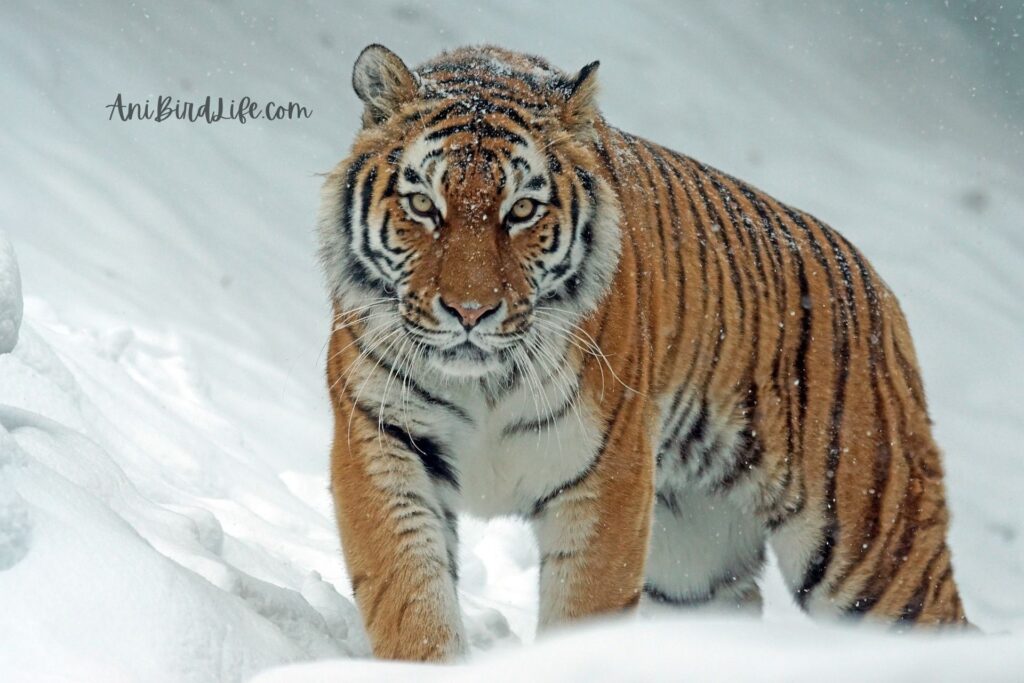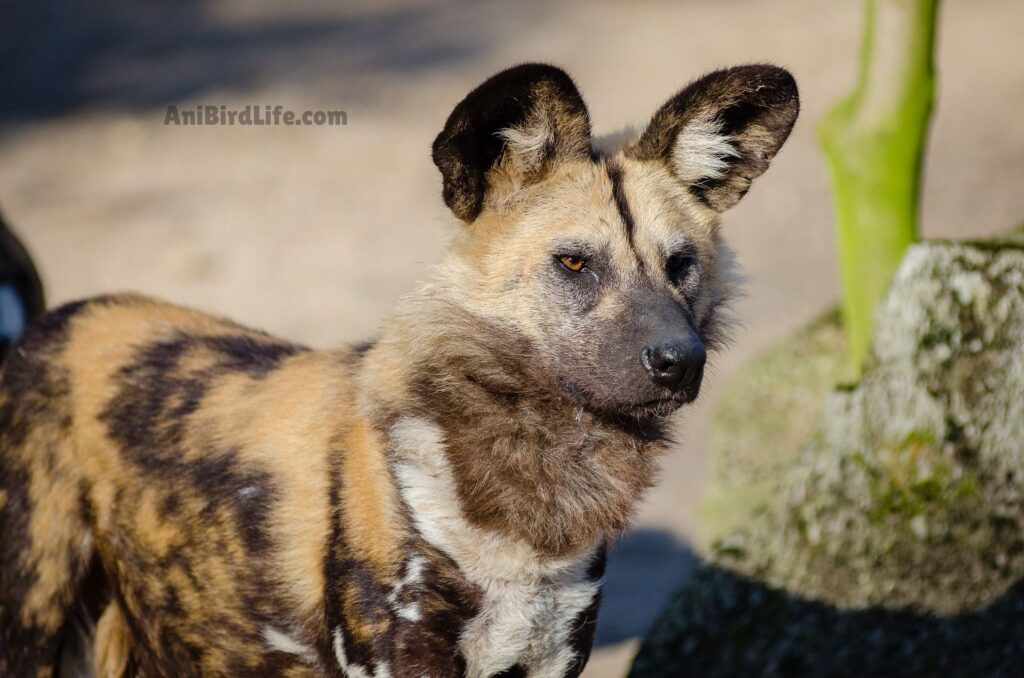In recent years, the rapid decline in wildlife populations has reached alarming levels. Many species are now classified as endangered, meaning their existence is at risk due to human activities, environmental factors, or a combination of both. In this post, we’ll take a look at the top 10 endangered animals around the world and explore how you can help protect them.
The Top 10 Endangered Animals

Amur Leopard
Status: Critically Endangered
Location: Russia and China
Population: Fewer than 100
The Amur leopard is among the world’s rarest big cats, with its numbers dwindling because of poaching and habitat loss. These beautiful creatures are prized for their fur, making them prime targets for illegal hunters.
Javan Rhino

Status: Critically Endangered
Location: Indonesia
Population: Around 74
The Javan rhino is the rarest of all rhino species. They are critically endangered due to habitat loss, poaching for their horns, and natural disasters like tsunamis that threaten their isolated habitats in Indonesia.
Vaquita

Status: Critically Endangered
Location: Gulf of California, Mexico
Population: Fewer than 10
The vaquita is the most endangered marine mammal in the world. These small porpoises are often caught in illegal fishing nets, pushing their population to the brink of extinction.
Mountain Gorilla

Status: Endangered
Location: Central Africa
Population: Around 1,000
Mountain gorillas are primarily threatened by poaching, habitat destruction, and diseases spread by human contact. However, recent conservation efforts have slightly improved their numbers, offering a glimpse of hope.
Status: Critically Endangered
Sunda Tiger

Location: Indonesia (Sumatra)
Population: Fewer than 400
The Sunda tiger is only found on the island of Sumatra and is critically endangered due to deforestation and poaching. Their shrinking habitat has made them increasingly vulnerable to illegal hunting.
Yangtze Giant Softshell Turtle
Status: Critically Endangered

Location: China and Vietnam
Population: Fewer than 5
The Yangtze giant softshell turtle is nearing extinction due to overhunting and habitat destruction in the rivers of China and Vietnam.
Kakapo

Status: Critically Endangered
Location: New Zealand
Population: Around 250
The kakapo is a flightless, nocturnal parrot found only in New Zealand. It’s critically endangered due to predation by introduced species like rats and cats, as well as habitat destruction.
Saola

Status: Critically Endangered
Location: Laos and Vietnam
Population: Fewer than 100
Often referred to as the “Asian unicorn,” the saola is one of the rarest mammals on the planet. Habitat loss and poaching for their horns have driven this elusive species close to extinction.
Hawksbill Turtle

Status: Critically Endangered
Location: Tropical oceans worldwide
Population: Declining, exact numbers unknown
The hawksbill turtle is critically endangered because of the illegal trade in its stunning shell, which is used to create jewelry and other products. Ocean pollution and climate change also pose significant threats.
African Wild Dog

Status: Endangered
Location: Africa
Population: Around 6,000
African wild dogs are endangered due to habitat fragmentation, conflicts with humans, and diseases such as rabies and distemper transmitted from domestic animals.
Causes of Endangerment
Endangered animals face various threats, with most of them caused by human activities. Below are some of the major factors putting wildlife at risk:
Deforestation and Habitat Loss
As forests are cleared for agriculture, urban expansion, and logging, many species lose their natural habitats. This forces animals into smaller areas, leading to competition for resources, isolation, and sometimes death.
Poaching and Illegal Wildlife Trade
Animals such as tigers, rhinos, and elephants are frequently targeted by illegal hunting for their fur, horns, or ivory.. The illegal wildlife trade remains one of the biggest threats to endangered species, driven by high demand for luxury products and traditional medicines.
Climate Change and Pollution
Rising global temperatures are altering ecosystems, making it difficult for some animals to survive. For marine species, ocean pollution, including plastic waste and chemical spills, is an increasing threat. The acidification of oceans is also devastating to creatures like the vaquita and hawksbill turtle.
How to Protect Endangered Animals
Though the plight of endangered species is concerning, there are many ways individuals and organizations are working to protect them. Here’s how you can contribute:
Support Conservation Organizations
Many non-profits work tirelessly to protect endangered animals through conservation programs. By donating to organizations like the World Wildlife Fund (WWF) or the Wildlife Conservation Society (WCS), you can directly support efforts to save species from extinction.
Reduce Your Carbon Footprint
Climate change is a significant factor in the endangerment of species. By adopting eco-friendly practices like reducing energy use, switching to renewable energy, and minimizing waste, you can help mitigate climate change’s impact on wildlife.
Avoid Products from Illegal Wildlife Trade
Avoid purchasing items made from endangered animal parts, such as ivory or turtle shell products. Educating yourself and others about the harm caused by the illegal wildlife trade can also help reduce demand for these items.
Participate in Wildlife Awareness Campaigns
Raising awareness is key to driving action. By participating in wildlife conservation campaigns, sharing information on social media, and educating others about the importance of biodiversity, you can help spread the message about protecting endangered animals.
Conclusion
The rapid decline of endangered species is a pressing issue that requires immediate action from both individuals and global organizations. Safeguarding these animals is essential not only for preserving biodiversity but also for ensuring the health of ecosystems around the globe.
By supporting conservation efforts, reducing human impact on the environment, and raising awareness, we can all play a part in safeguarding these incredible creatures for future generations. Together, we can make a difference in the fight to save endangered animals.
FAQs
1. What does it mean when an animal is classified as endangered?
An animal is considered endangered when its population has decreased to a critically low number, making it vulnerable to extinction. Factors like habitat loss, poaching, and climate change contribute to endangerment. Conservation efforts are essential to prevent the complete disappearance of these species.
2. Why are Amur leopards critically endangered?
Amur leopards are critically endangered due to poaching for their fur, habitat loss, and low population numbers. Fewer than 100 of these creatures are left in their natural habitat Conservation efforts focus on habitat protection and anti-poaching measures to prevent further decline.
3. How can we protect endangered species like the Javan Rhino?
Protecting endangered species involves creating protected areas, enforcing anti-poaching laws, and supporting breeding programs. Public awareness and donations to conservation organizations also play a significant role in protecting species like the Javan Rhino.
4. Why is the vaquita porpoise endangered?
The vaquita, found in the Gulf of California, is endangered due to illegal fishing practices, where they often become bycatch. With fewer than 10 individuals left, urgent actions like banning illegal nets and creating safe marine zones are necessary to save them.
5. How does climate change affect endangered species?
Climate change leads to habitat destruction, altering ecosystems in ways that many animals can’t adapt to. Rising temperatures, melting ice, and changing weather patterns disrupt food sources and breeding grounds for species like polar bears and marine turtles.
6. What conservation programs are helping mountain gorillas?
Conservation programs for mountain gorillas focus on habitat protection, anti-poaching patrols, and community involvement. Initiatives like ecotourism also provide economic incentives for locals to protect gorillas rather than harm them.
7. In what ways does deforestation contribute to the risk of species becoming endangered?
Deforestation destroys natural habitats, displacing animals and reducing their food sources. Species like the Sunda tiger are critically affected by deforestation in Sumatra, leading to their population decline due to a lack of suitable living space.
8. What organizations are working to protect endangered animals?
Organizations such as the World Wildlife Fund (WWF), Wildlife Conservation Society (WCS), and the International Union for Conservation of Nature (IUCN) spearhead efforts to protect endangered species. Their work includes habitat preservation, enforcing anti-poaching regulations, and promoting public awareness. and public education.
9. Can individual actions help protect endangered species?
Yes, individuals can help protect endangered species by reducing their carbon footprint, avoiding products made from endangered animals, and supporting conservation organizations through donations or volunteering. Increasing awareness also has a significant impact.
10. What role do zoos play in protecting endangered animals?
Zoos contribute to the protection of endangered species through breeding programs, research, and public education. Many zoos participate in conservation efforts to ensure the survival of species like the Yangtze giant softshell turtle and the kakapo parrot.
